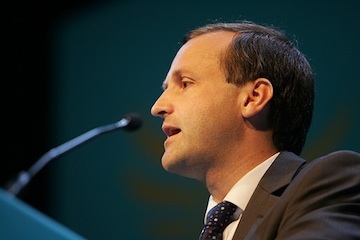Steve Webb MP, minister of state for pensions, has confirmed auto-enrolment will take the approach of 'pot follows member'.
Speaking at the Tax Incentivised Savings Association annual conference yesterday, Mr Webb said 11 million people in the UK had an average of 11 jobs over their lifetime.
The pot follows member approach would mean employees' pensions pots were transferred directly to their new employers.
He said the main concern people were having about that approach is if people are enrolled into 'bad' schemes.
He said: "We can't rely on employees knowing if a scheme is good or bad so we have to make sure there aren't dodgy schemes out there.
"What are we doing allowing people to enrol into dodgy schemes? How do we make sure millions of people enrol into quality schemes?"
Earlier this week, Aviva indicated its support for 'pot follows member' and cited the benefits of seeing the value of savings in one place and the ability to track progress.
David Barrall, chief executive of Aviva, said: "The 'pot follows member' approach makes is simple for employees to see in one place the value of the pension savings they've accrued with different employers. We believe this will encourage employees to make more interest in choosing investment and in tracking performance."
Mr Webb similarly hoped the approach would encourage more engagement.
He said: "If people have 11 different letters from 11 different pension schemes, they might not look at it, if they have one letter with a much higher amount, perhaps more than their annual salary, they should be more encouraged to take an interest in their pension."
The first auto-enrolment schemes went live in October for the largest firms and Mr Webb said he had had a very positive early response.
"We will already have over 500,000 employees newly saving into a pension by Christmas.
"We had estimated that one third of people would opt out of auto-enrolment but I think that may have been unduly cautious."
• Want to receive a free weekly summary of the best news stories from our website? Just go to home page and submit your name and email address. If you are already logged in you will need to log out to see the e-newsletter sign up. You can then log in again.

